Fighter Sweep to Meiktila
Twenty P-38 Lightning’s of the 459th Fighter Squadron left their base at Chittagong (present-day Bangladesh) for a fighter sweep against Japanese Army positions in Meiktila, Burma (Myanmar) on June 6, 1944. Two of the American fighters were downed.
Second Lieutenant William C. Baumeister, Jr., reported that he talked to one of the missing, Captain Walter F. Duke, on “several occasions” during the mission via radio:
“The last contact I had with him was when I was just East of the Chin Hills on course for home…Captain Duke called me and asked for approximately position and later called and asked for altitude. On last contact I told him that I was running low on gas and heading in direction of home base. He acknowledged call and replied with ‘O-K Kid.’ That was the last I heard from him.”Lieutenant Baumeister also witnessed the plane piloted by 1st Lieutenant Burdett C. Goodrich go down.
“He called me and stated that he couldn’t get any power from right engine…as we passed over the Irrawaddy River at 8000’ altitude, Lt. Goodrich put his plane into a steep dive….he called me then and said that his left engine was dropping off and that he would have to crash-land. I watched the landing and continued circling the plane for about ten minutes and observed no movement at all in the plane or any in the near vicinity. The plane had touched down in a dry river bed and then went through a row of trees on the west bank. The plane was pretty badly damaged, but appeared to be intact around cockpit section. Lt. Goodrich had flaps down at time of crash-landing and low airspeed of about 85 miles per hour (est.). I left area because of shortage of gas and headed for home.”Later that day, another flier in the Squadron, 2nd Lieutenant James L. King, was sent out to seek the two downed planes. Flying over the area, he located the downed aircraft flown by Lieutenant Goodrich and observed “…there was no evidence of a body in or near the airplane and I was unable to determine if the parachute had been removed. The plane appeared to be in good condition…however, I did not see anything of the missing P-38 flown by Captain Duke…”
The remains of Captain Duke, of Leonardtown, MD were never recovered and he is recorded as “Missing in Action” to this day. The case for Lieutenant Goodrich, of Colfax, WA, is more complicated. He was reported as having died as a Prisoner of War of the Japanese at Rangoon, on either January 24, or January 27, 1945. After the War, his remains were disinterred, and loaded aboard a C-47 transit aircraft, tail # 43-48308. The aircraft was carrying his remains for eventual shipment to a mortuary laboratory where he and about 40 others would be positively identified. However, on May 17, 1946, while en route from Rangoon to Calcutta, the plane disappeared and was not seen again for more than fifty years. The wreckage of the plane was finally located on November 5, 2009, near Tripura, India. Recovery and identification of the remains will be performed, and it is possible that one day soon, the remains of Lieutenant Goodrich may be returned to his home in Washington.
Special thanks to FlyPast Magazine, UK, for the use of some images in this post.
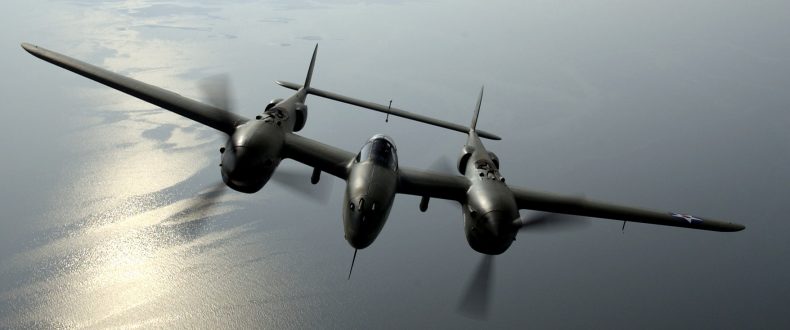
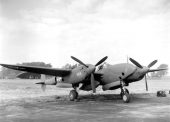
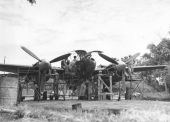
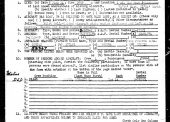
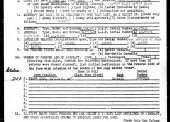
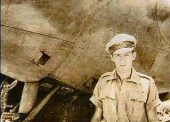
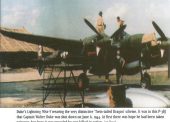
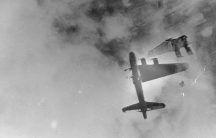
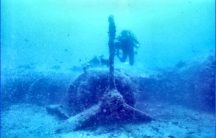
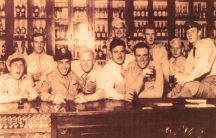
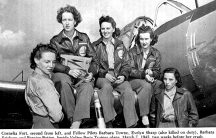
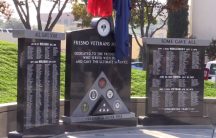
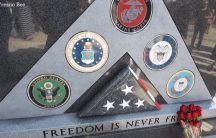
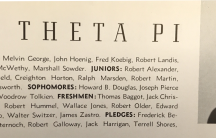


















Bill, is there any effort to locate World War II MIAs in the present day? Would you assume that the crewmembers of these planes were taken prisoner? Do you know how many men were lost in all between these two planes?